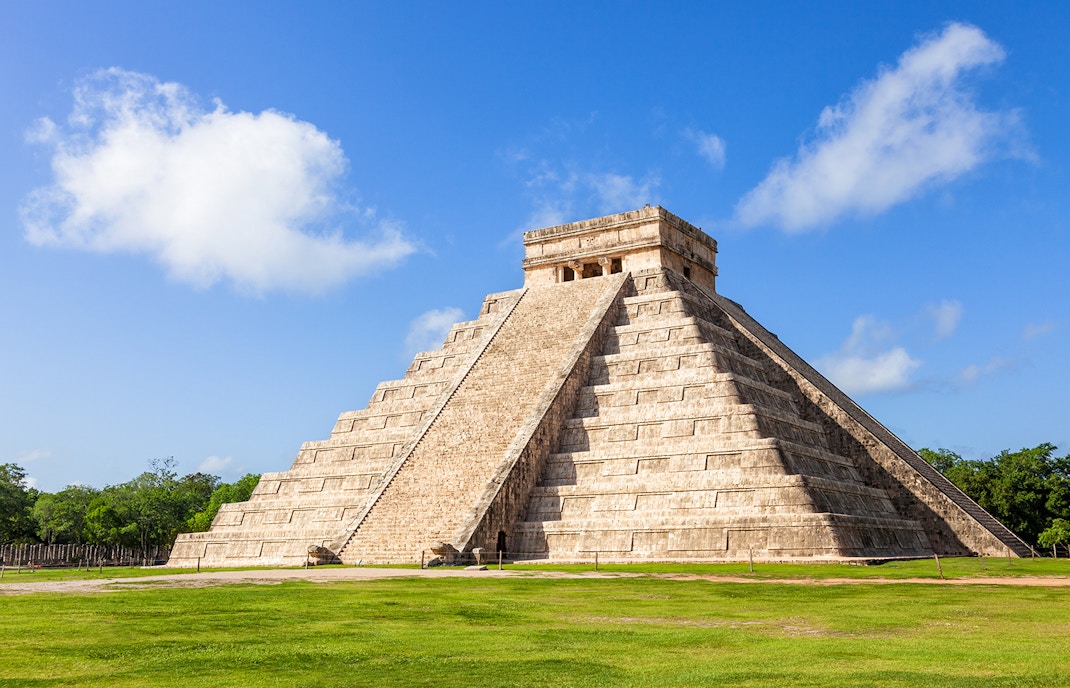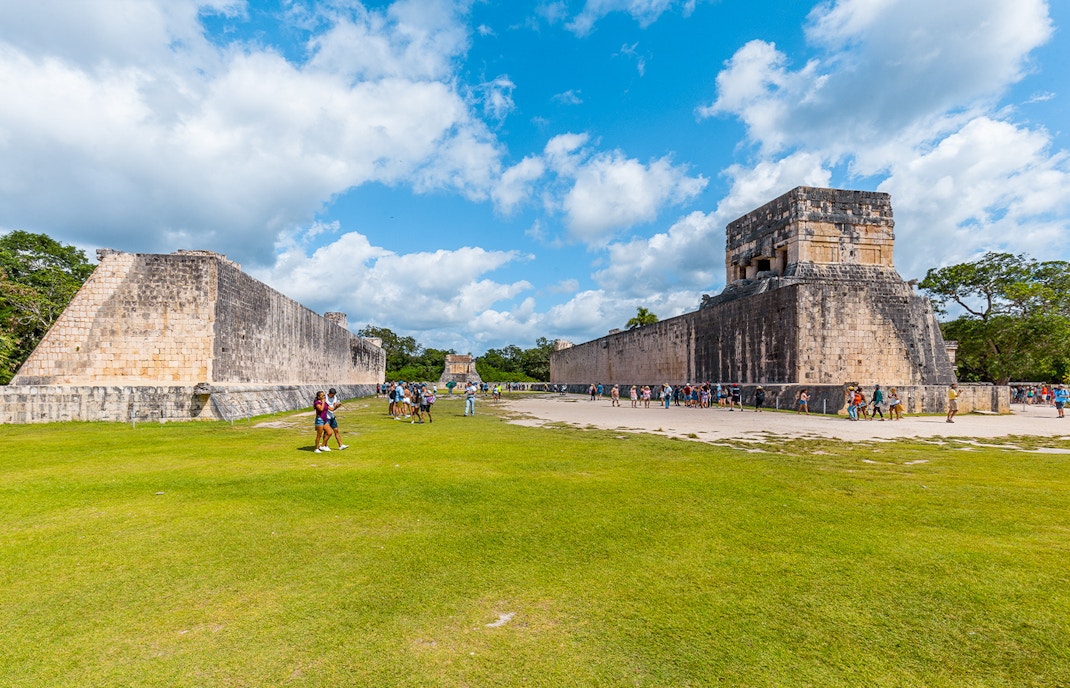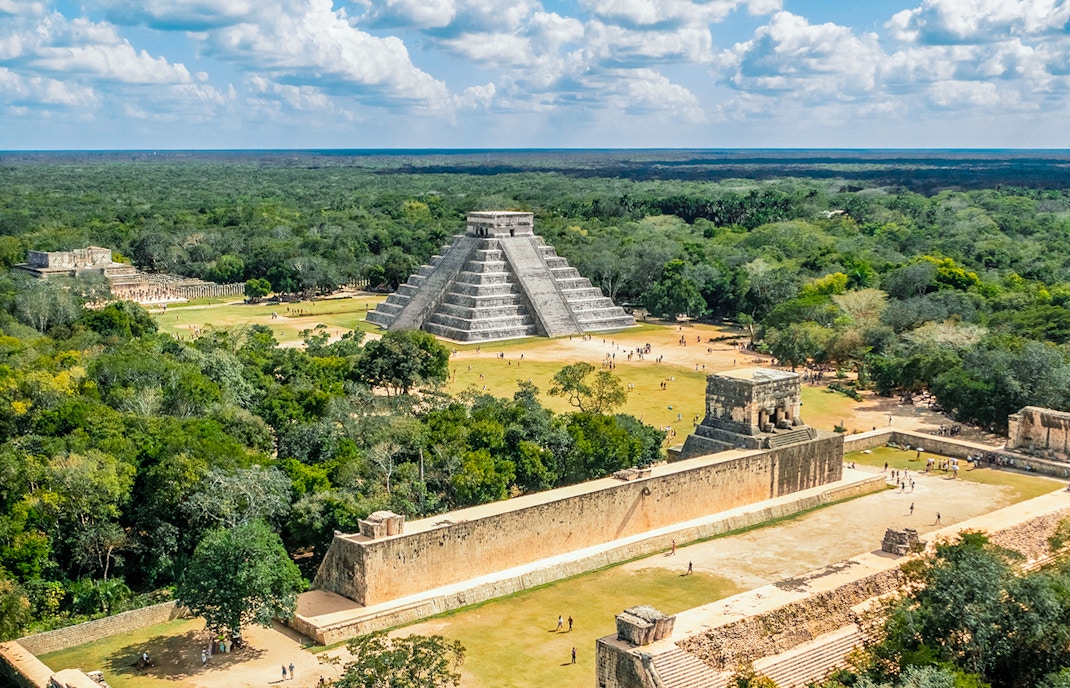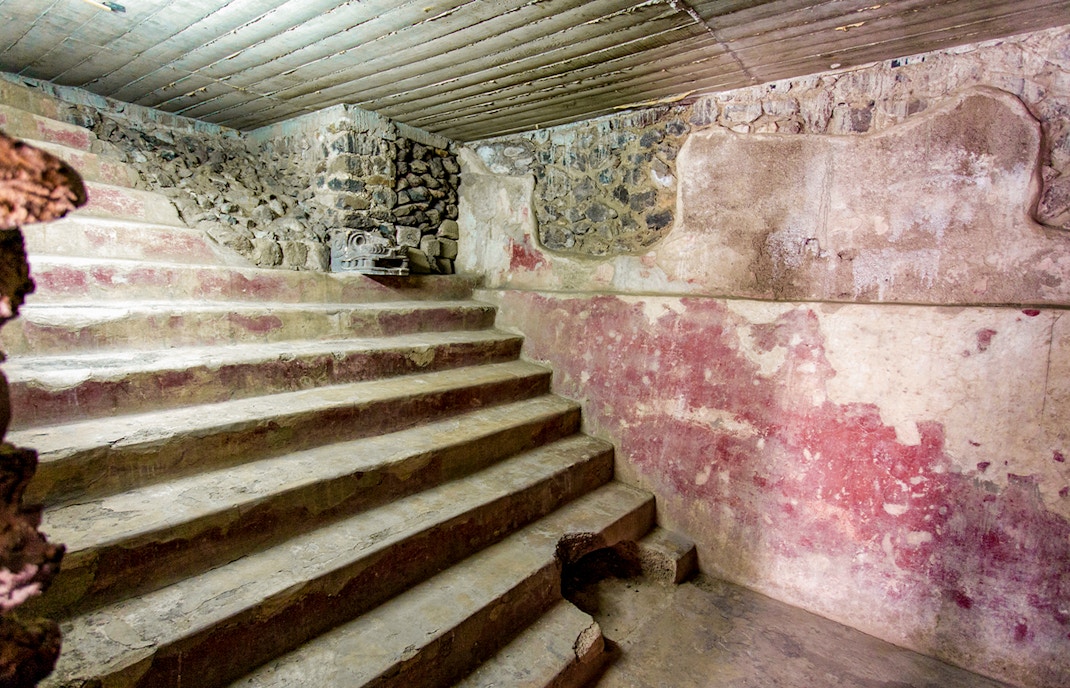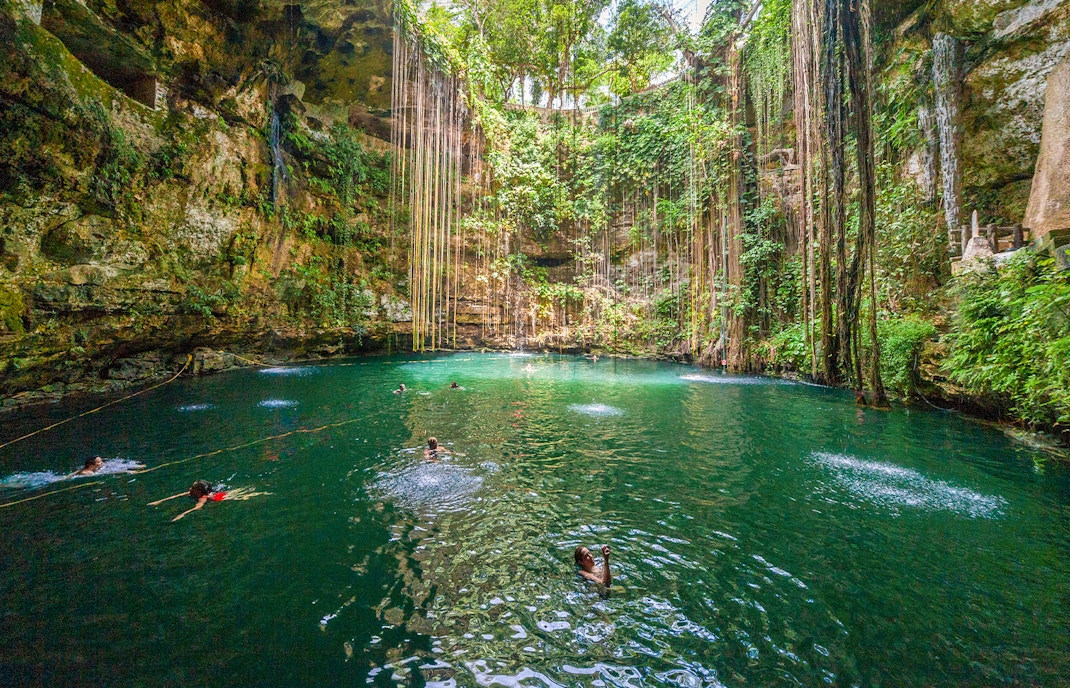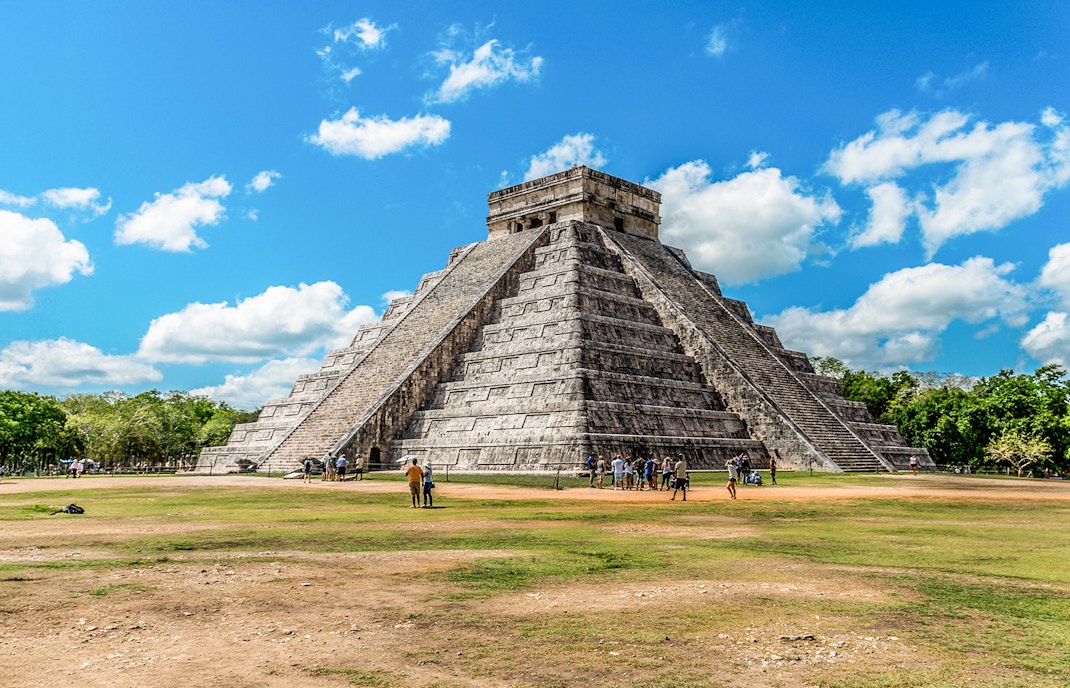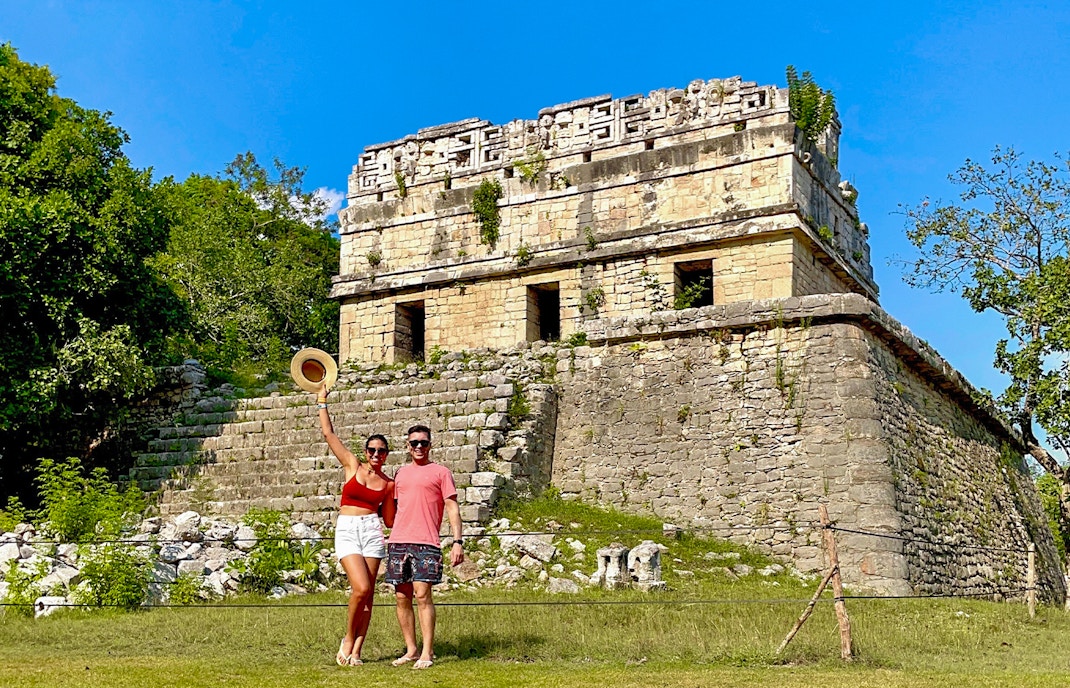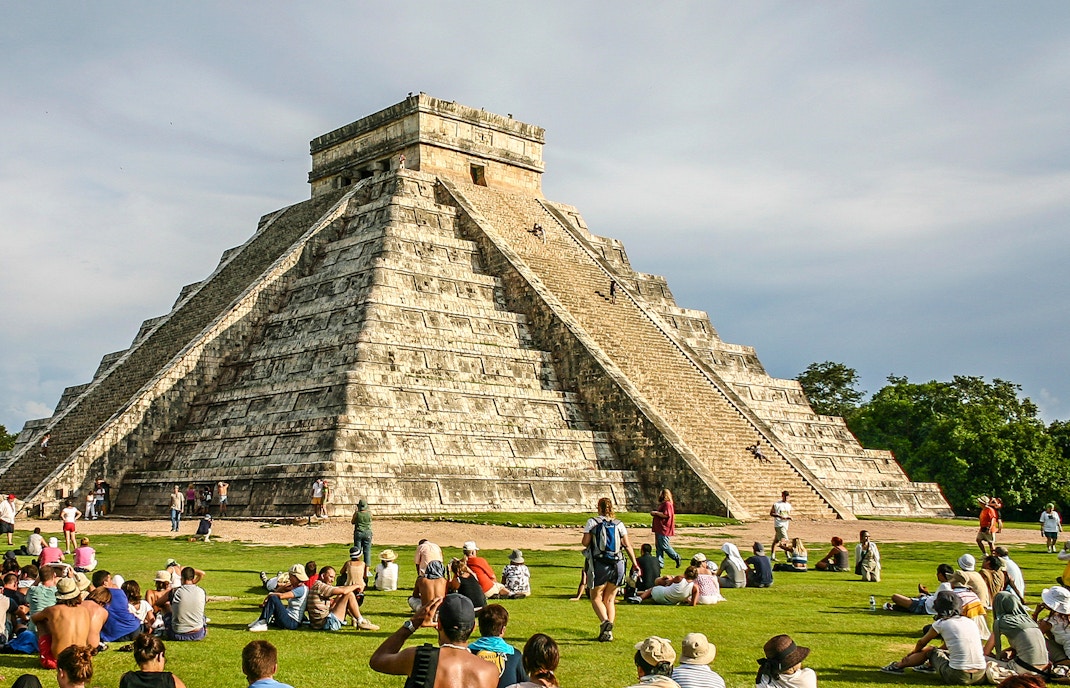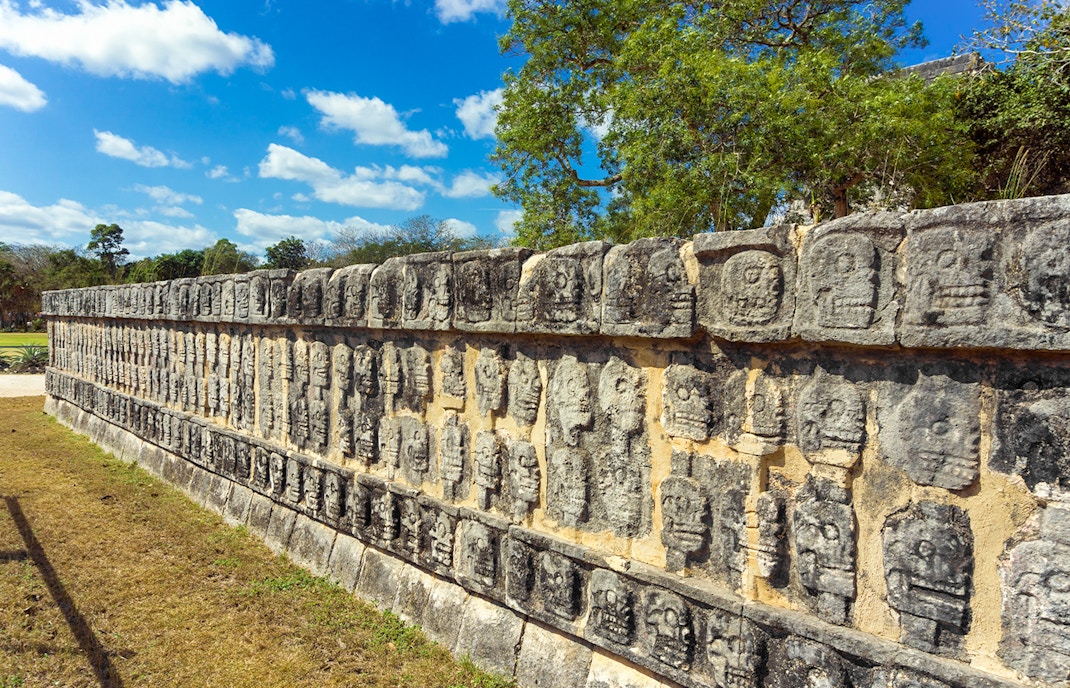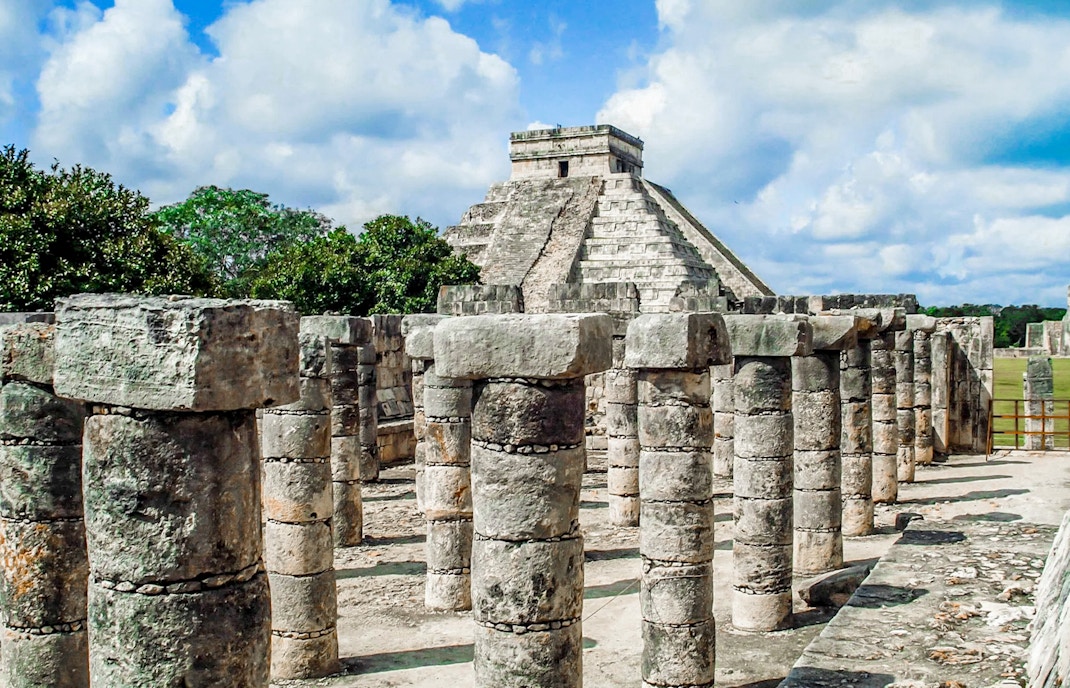Chichén Itzá holds the prestigious title of being one of the New Seven Wonders of the World, a distinction it earned in 2007 through a worldwide vote. Its grand monuments, such as the Temple of Kukulkán, stand as a testament to the ingenuity and astronomical mastery of the ancient Maya, making Chichén Itzá a must-visit landmark on the global stage.

